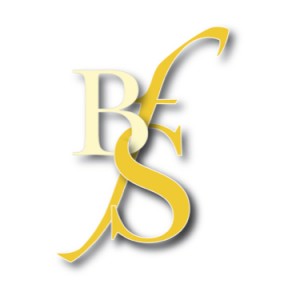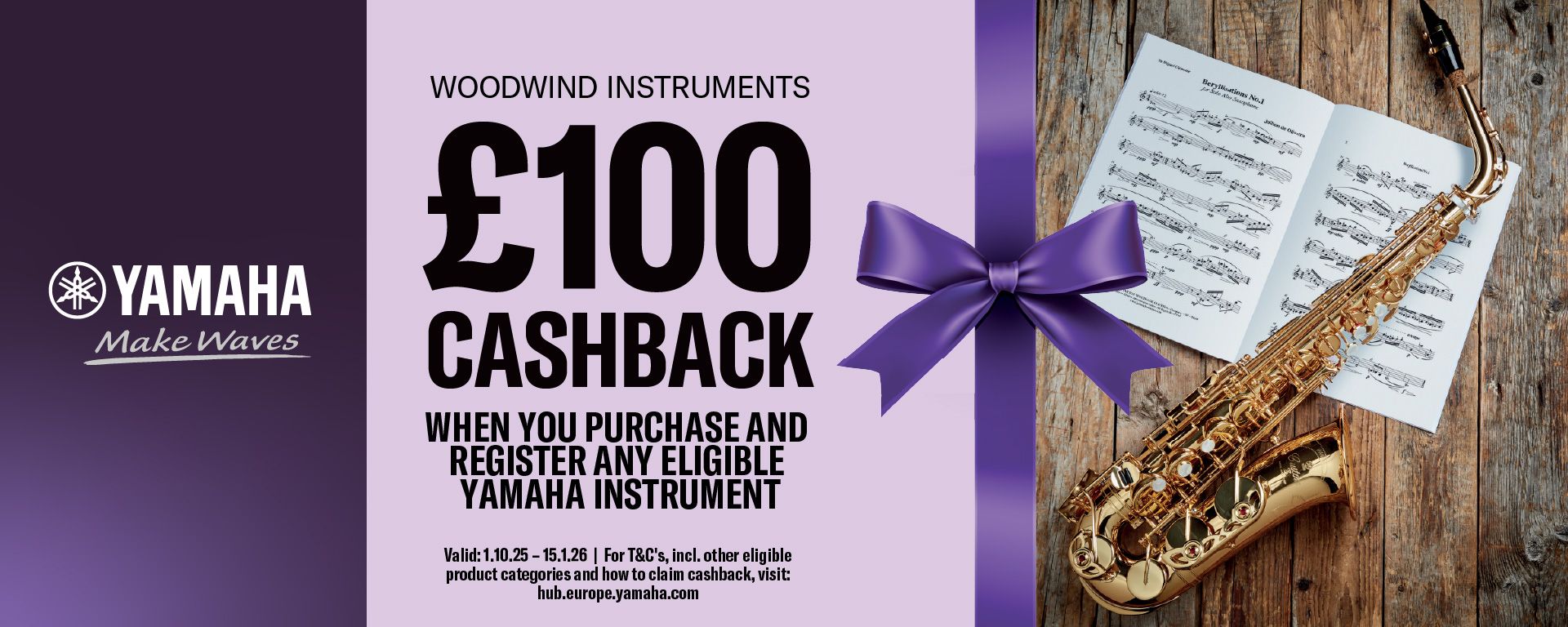UTU-Urklang I for Flute Solo
- Interesting, worth a look

Pan - Journal of the British Flute Society
This deceptively complex work for solo flute is, in essence, a meditation on the note D; a pitch with great importance in traditional Japanese music as it symbolises the centre of the universe. References to traditional Japanese music are prevalent within this work, concepts such as Ma (roughly translating to ‘gap’ or ‘pause’) are seen in the dramatic ‘freezes’ that open, close, and are spread throughout the piece; a conscious use of extraneous noise to explore timbres like Sawari on a biwa or the vast tone colours of a shakuhachi; and a reference to the early meditative uses of flutes in Japan in Suizen (“blowing Zen”) in the prevalence of audible controlled breathing. With this amount of cultural signi*cance built into Utu-Urklang I, a recognition of the sonic inspirations is of utmost importance when studying the piece.
The work is demanding on the performer, requiring a multitude of techniques that are far removed from conventional playing practices, and a number of parameters, such as the angle of the headjoint and the amount of embouchure hole that is to be covered, are controlled. Despite the meditative nature, rhythms are notated and a mix of notation methods are used, including multiple ‘levels’ of the score where pitches, rhythm, timbre, and voice are all at one point or another given their own level. Despite the technical demands, a convincing performance will appear almost improvised and introspective and the pitch D is explored through a series of techniques.
Utu-Urklang I would be a great piece for those flautists who have enjoyed the works of Takemitsu or Fukushima and want to further explore that soundworld. A solid grasp of multiphonics, harmonics, and whistle tones is required and the ability to execute those subtly is tested. Overall, an incredibly evocative piece, similar in many ways to Hosokawa’s Sen I but on a slightly smaller scale, that challenges the player to reassess their relationship with their instrument and discover new sounds and means of expression.
Gavin Stewart
From the Publisher
The piece is composed according to the concept of a single sound (a decorative painting or design by means of the creation and transformation of the musical not re, which symbolises the centre of the universe in Japanese traditional music).
Item Details
Our Stock Code: 1470147Instrumentation
- Part 1: Flute
Category: Solo Flute Repertoire
Publisher: Ongaku No Tomo Edition
Media Type: Paperback (12 pages [score])
Country of Origin: Japan
HS Code: 49040000

